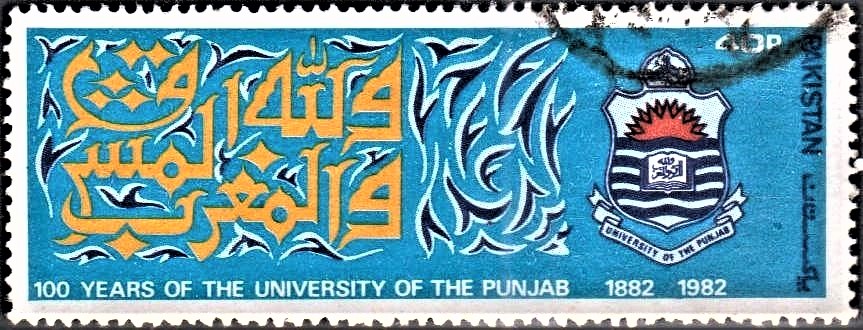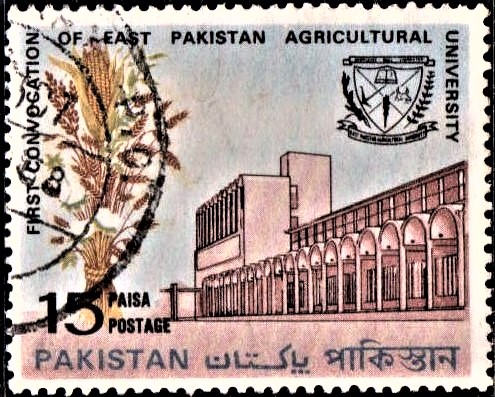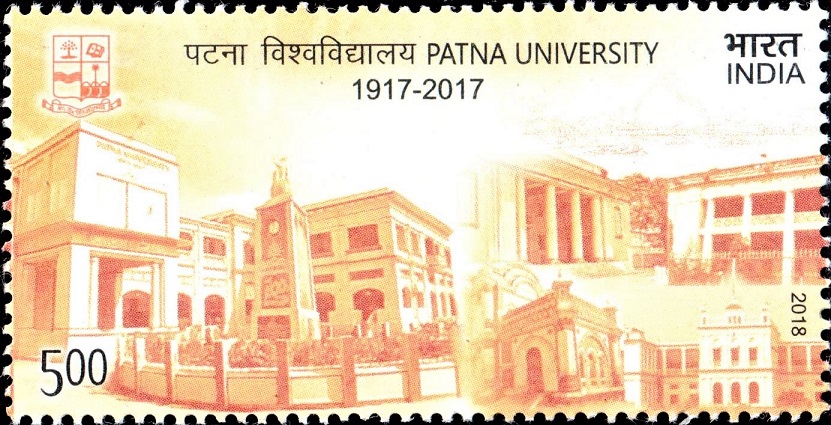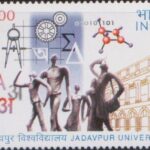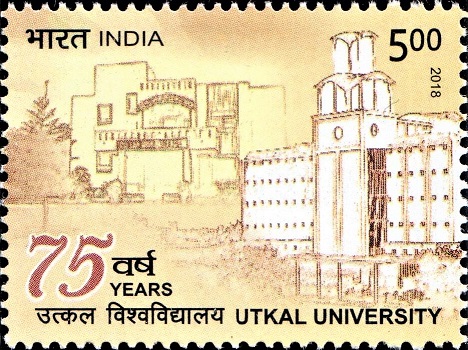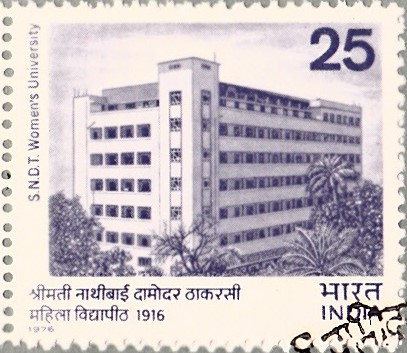
S.N.D.T. Women’s University
A commemorative postage stamp on the 60th Anniversary of the Shreemati Nathibai Damodar Thackersey Women‘s University (SNDT Women’s University), a women’s university in Mumbai :
 Issued by India
Issued by India
Issued on Sep 3, 1976
Issued for : The Posts and Telegraphs Department feels privileged to bring out a special postage stamp to mark the Diamond Jubilee of this pioneer institution.
Description of Design : The design of the stamp depicts the building of S.N.D.T. Women’s University.
Type : Stamp, Postal Used
Colour : Intense violet
Denomination : 25 Paise
Overall Size : 3.34 X 2.88 cms.
Printing Size : 2.987 X 2.524 cms.
Perforation : 14 x 13½
Watermark : Printed on unwatermarked adhesive stamp paper
Number Printed : 30,00,000
Number per issue sheet : 42
Printing Process : Photogravure
Designed and Printed at : India Security Press
About :
- The year 1916 marked the beginning of a new era in the history of women’s higher education in India. In that year, Dr. Dhondo Keshav Karve started, with just four students, the Indian Women’s University at Hingne, near Poona. In a society governed by age-old customs and outdated attitudes towards women, an institution of this type was bound to face social and economic difficulties. Fortunately, in 1920 Sir Vithaldas Thackersey, impressed by the pioneering work of Dr. Karve, made a contribution of Rs. 15 lakhs to this institution to commemorate the memory of his mother. Thereafter, the University came to be known as Shreemati Nathibai Damodar Thackersey Indian Women’s University.
- The headquarters of the University were shifted to Bombay in 1936. The University continued to grow providing higher education to more and more women. In 1951, the University received statutory recognition and since then its progress has been accelerated. Today, with faculties of Arts, Social Science, Fine Arts, Home Science, Education, Nursing and Library Science, the University has become a unique centre of higher education not only in our country but in the world. It has now 22 affiliated and conducted colleges, 3 campuses, more than 20,000 students and 600 faculty members.
- While taking these strides, the University has maintained its experimental focus by providing instruction in mother-tongue, by permitting and encouraging external students and by providing professional and job-oriented courses to meet the needs of women in the fast-changing world. The University has started a Polytechnic at Juhu in July, 1976, with 2 branches, viz., Medical Technology and Commercial and Secretarial Practices.
- The University’s awareness of and response to the needs of the times is also reflected in two other areas, viz., establishment of the Department of Continuing Education and starting of Research Unit on Women’s Studies. The University will soon be adding the faculties of Pure Science, Social Work and Commerce to its other faculties and will be focussing attention on interdisciplinary inter-departmental programmes drawing resources from its various departments. In retrospect, the University can be said to have played a significant role in spreading the light of knowledge among women and taking up at various stages newer areas for providing greater access to women for higher education.


